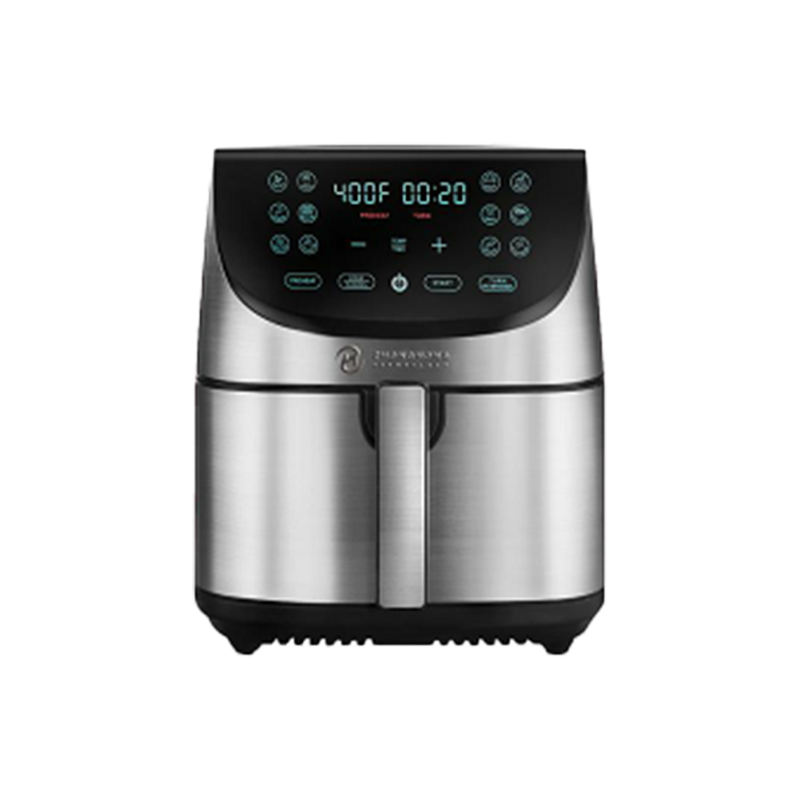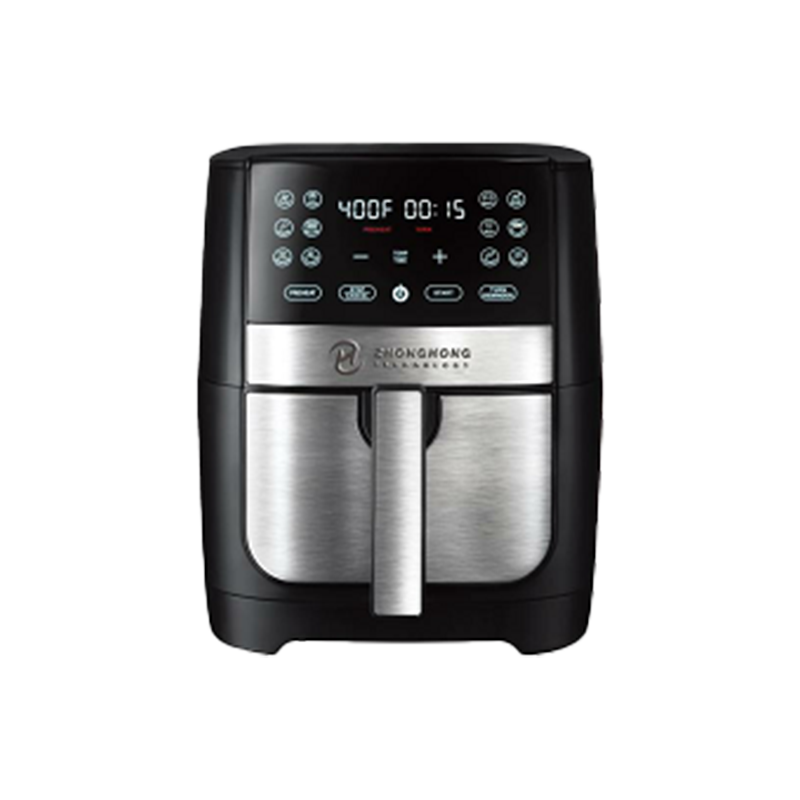How do energy-efficient features contribute to noise reduction in Integrated Stove models?
Date:2024-03-01
Energy-efficient features in low noise integrated stove models can contribute to noise reduction through several mechanisms:
Induction Cooking: Many energy-efficient integrated stove models utilize induction cooking technology, which generates less noise compared to traditional gas or electric coil stoves. Induction stoves produce electromagnetic fields to heat the cookware directly, resulting in quieter operation without the noise associated with gas combustion or electric heating elements.
Improved Insulation: Energy-efficient integrated stove models often incorporate improved insulation materials and construction techniques to minimize heat loss and improve energy efficiency. Enhanced insulation can also help dampen noise transmission from the stove's internal components, reducing the overall noise level during operation.
Variable Speed Fans: Some integrated stove models feature variable speed fans or ventilation systems that adjust fan speed based on cooking intensity and heat output. By modulating fan speed according to cooking requirements, these systems can operate more quietly during low-power cooking tasks while still providing sufficient ventilation and exhaust capacity.
Low-Noise Components: Energy-efficient integrated stove models may use low-noise components such as high-efficiency motors, quiet fan blades, and vibration-damping materials to reduce noise generation during operation. By selecting quieter components and optimizing system design, manufacturers can minimize noise levels without sacrificing performance or energy efficiency.
Smart Cooking Controls: Advanced integrated stove models may incorporate smart cooking controls and algorithms that optimize cooking processes to minimize noise and energy consumption. Smart controls can adjust cooking parameters such as temperature, power level, and cooking time to achieve desired results with minimal noise and energy waste.
Sealed Burner Design: Some energy-efficient integrated stove models feature a sealed burner design that helps contain heat and combustion gases, reducing noise levels during operation. Sealed burners also improve energy efficiency by preventing heat loss and optimizing combustion efficiency, resulting in quieter and more efficient cooking performance.
Sound-Dampening Materials: Energy-efficient integrated stove models may utilize sound-dampening materials such as acoustic insulation, vibration-absorbing pads, and noise-reducing enclosures to minimize noise transmission from the stove's internal components. These materials help absorb and dampen vibrations and sound waves, resulting in quieter operation overall.
By incorporating these energy-efficient features and design considerations, manufacturers can create integrated stove models that operate more quietly while still delivering high performance and energy savings. This not only improves the cooking experience for users but also contributes to a quieter and more comfortable kitchen environment.
Induction Cooking: Many energy-efficient integrated stove models utilize induction cooking technology, which generates less noise compared to traditional gas or electric coil stoves. Induction stoves produce electromagnetic fields to heat the cookware directly, resulting in quieter operation without the noise associated with gas combustion or electric heating elements.
Improved Insulation: Energy-efficient integrated stove models often incorporate improved insulation materials and construction techniques to minimize heat loss and improve energy efficiency. Enhanced insulation can also help dampen noise transmission from the stove's internal components, reducing the overall noise level during operation.
Variable Speed Fans: Some integrated stove models feature variable speed fans or ventilation systems that adjust fan speed based on cooking intensity and heat output. By modulating fan speed according to cooking requirements, these systems can operate more quietly during low-power cooking tasks while still providing sufficient ventilation and exhaust capacity.
Low-Noise Components: Energy-efficient integrated stove models may use low-noise components such as high-efficiency motors, quiet fan blades, and vibration-damping materials to reduce noise generation during operation. By selecting quieter components and optimizing system design, manufacturers can minimize noise levels without sacrificing performance or energy efficiency.
Smart Cooking Controls: Advanced integrated stove models may incorporate smart cooking controls and algorithms that optimize cooking processes to minimize noise and energy consumption. Smart controls can adjust cooking parameters such as temperature, power level, and cooking time to achieve desired results with minimal noise and energy waste.
Sealed Burner Design: Some energy-efficient integrated stove models feature a sealed burner design that helps contain heat and combustion gases, reducing noise levels during operation. Sealed burners also improve energy efficiency by preventing heat loss and optimizing combustion efficiency, resulting in quieter and more efficient cooking performance.
Sound-Dampening Materials: Energy-efficient integrated stove models may utilize sound-dampening materials such as acoustic insulation, vibration-absorbing pads, and noise-reducing enclosures to minimize noise transmission from the stove's internal components. These materials help absorb and dampen vibrations and sound waves, resulting in quieter operation overall.
By incorporating these energy-efficient features and design considerations, manufacturers can create integrated stove models that operate more quietly while still delivering high performance and energy savings. This not only improves the cooking experience for users but also contributes to a quieter and more comfortable kitchen environment.
Pre:Low Noise Integrated Stove: A new chapter in silent cooking
Next:Can Low Noise Integrated Stoves be adapted for both residential and commercial kitchen settings?
Next:Can Low Noise Integrated Stoves be adapted for both residential and commercial kitchen settings?


 简体中文
简体中文 English
English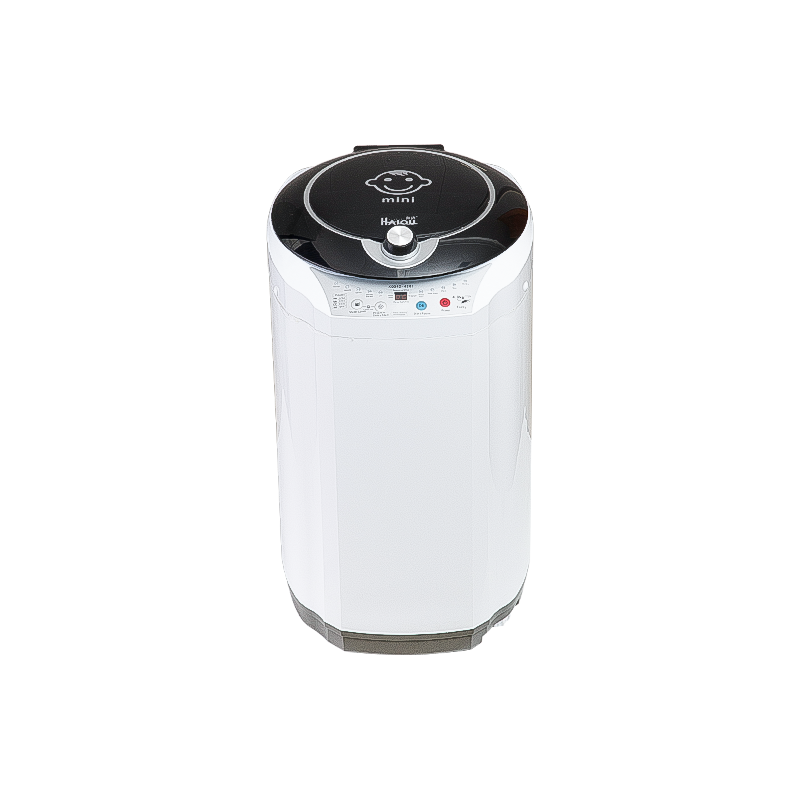
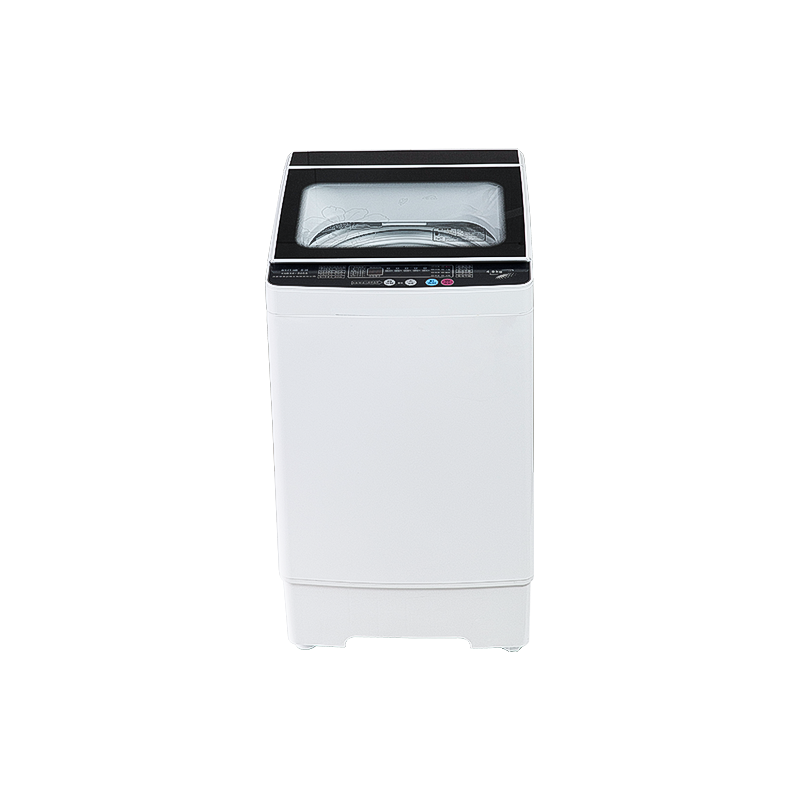
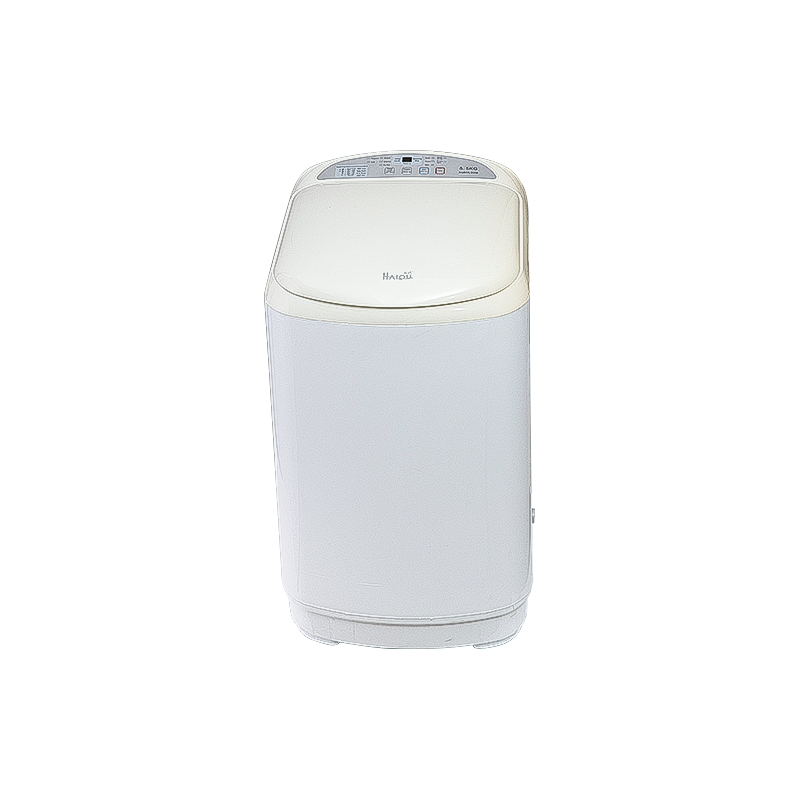
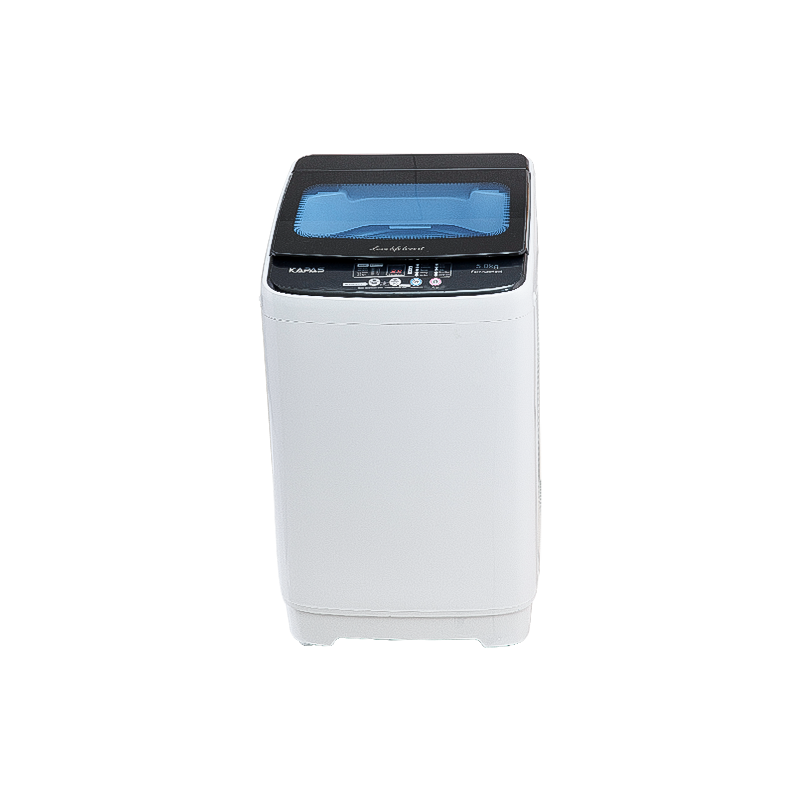
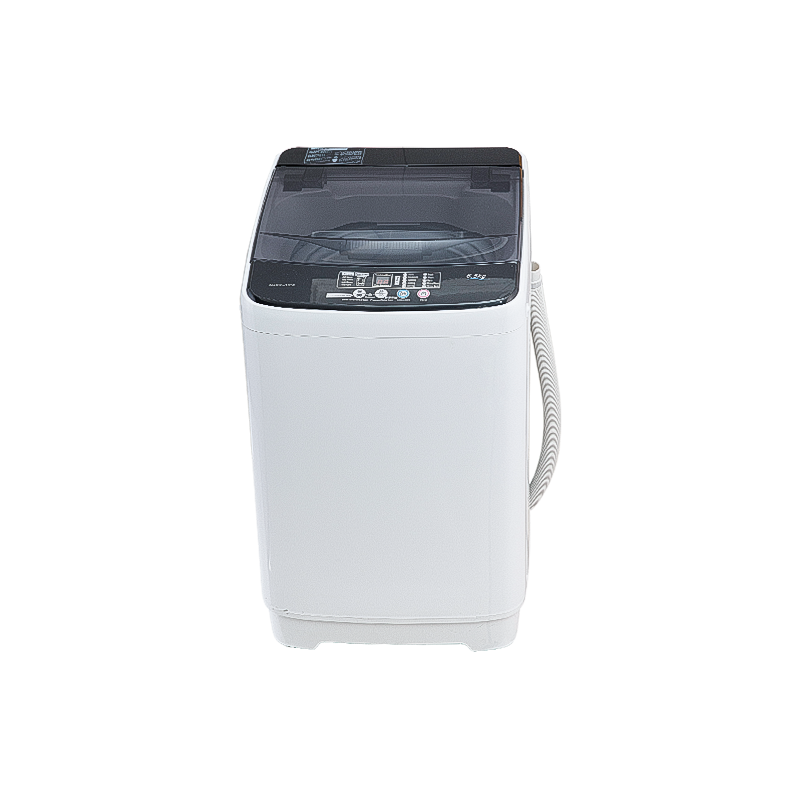
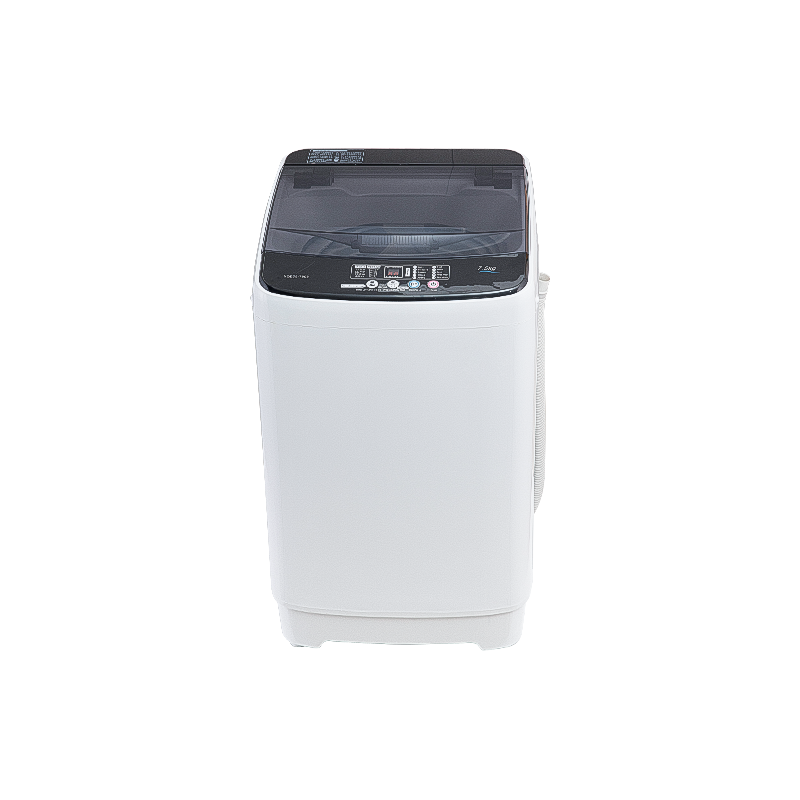
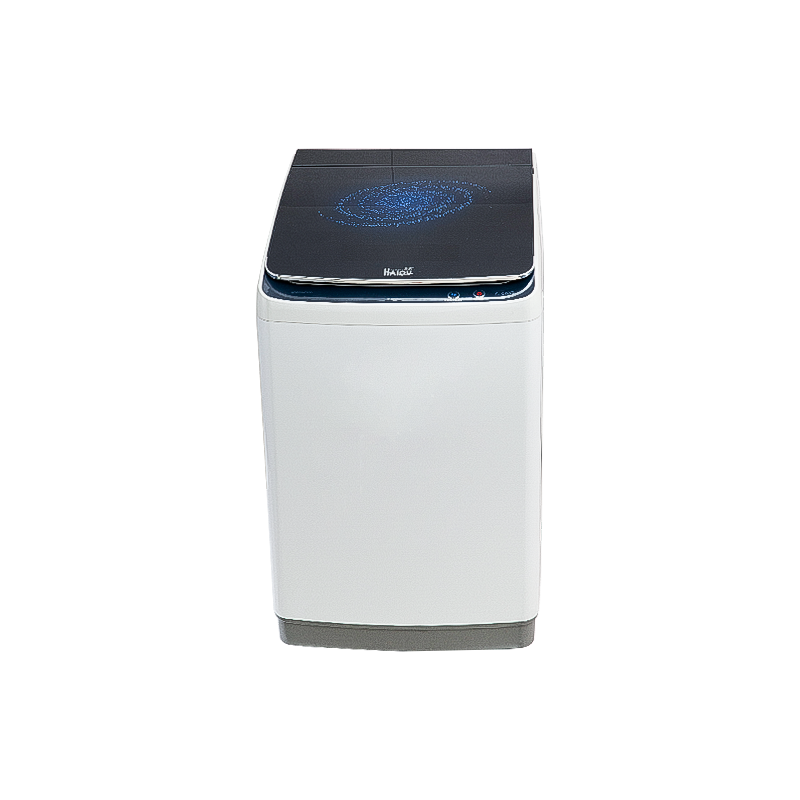
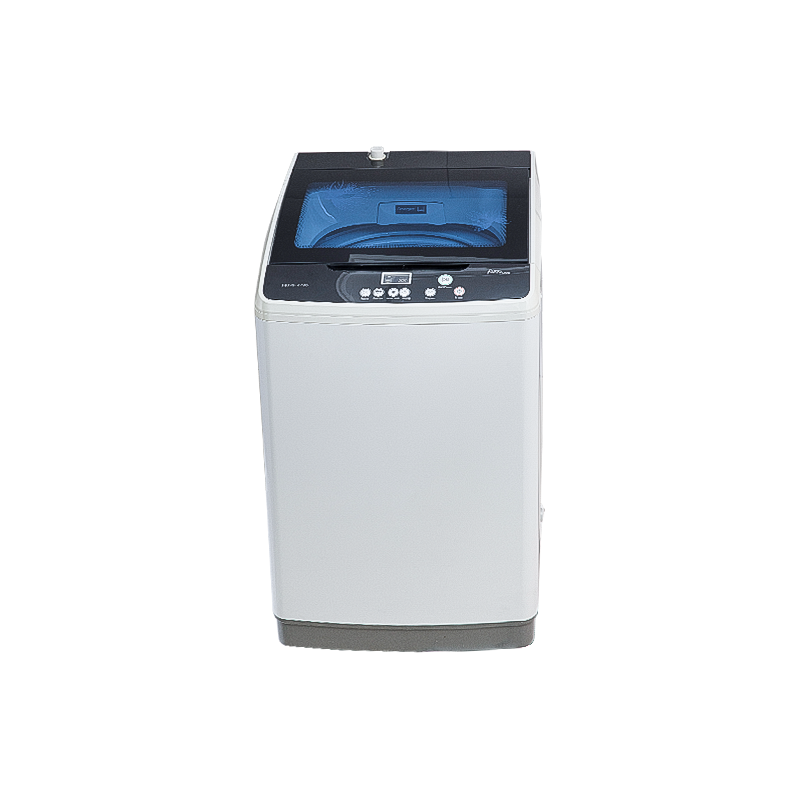
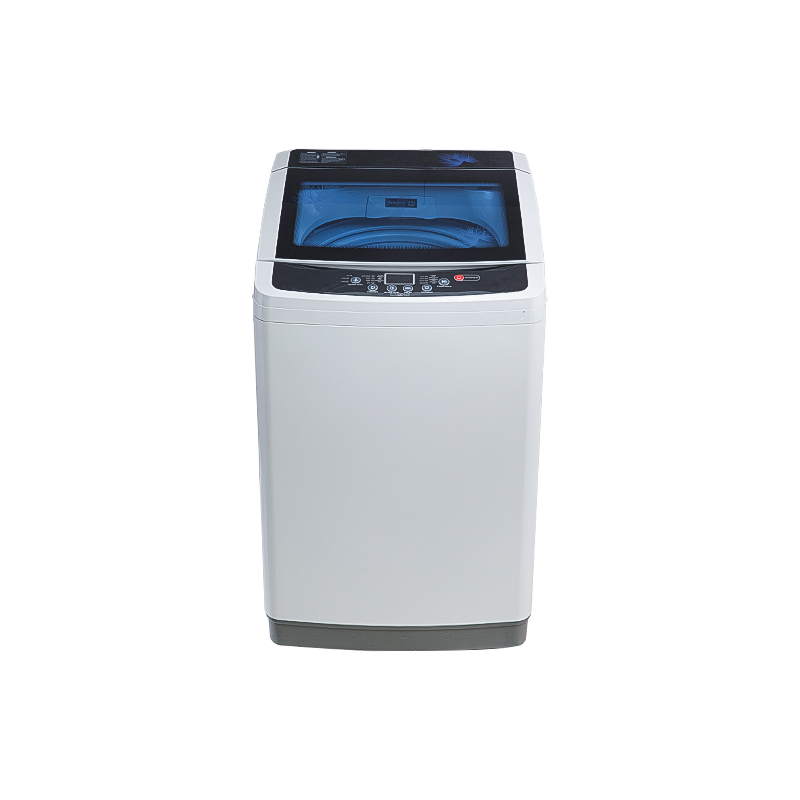
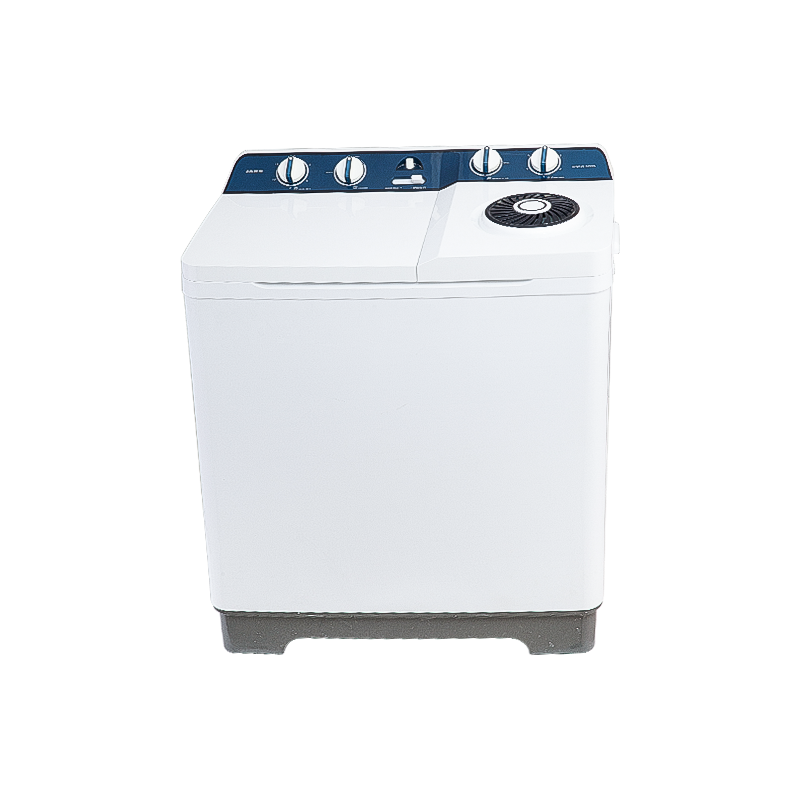





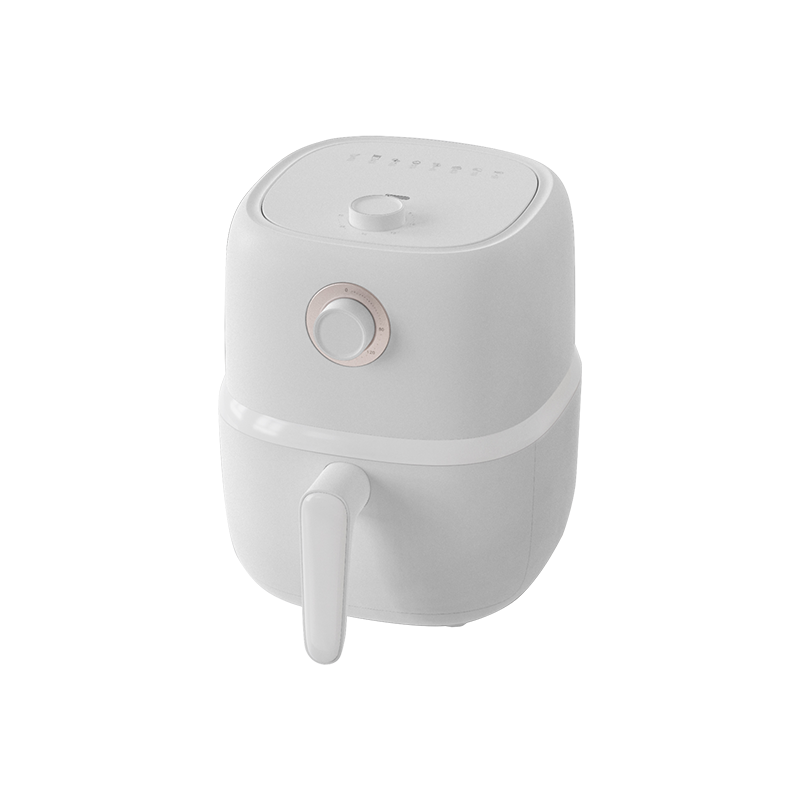
.png.800.png)
.png)
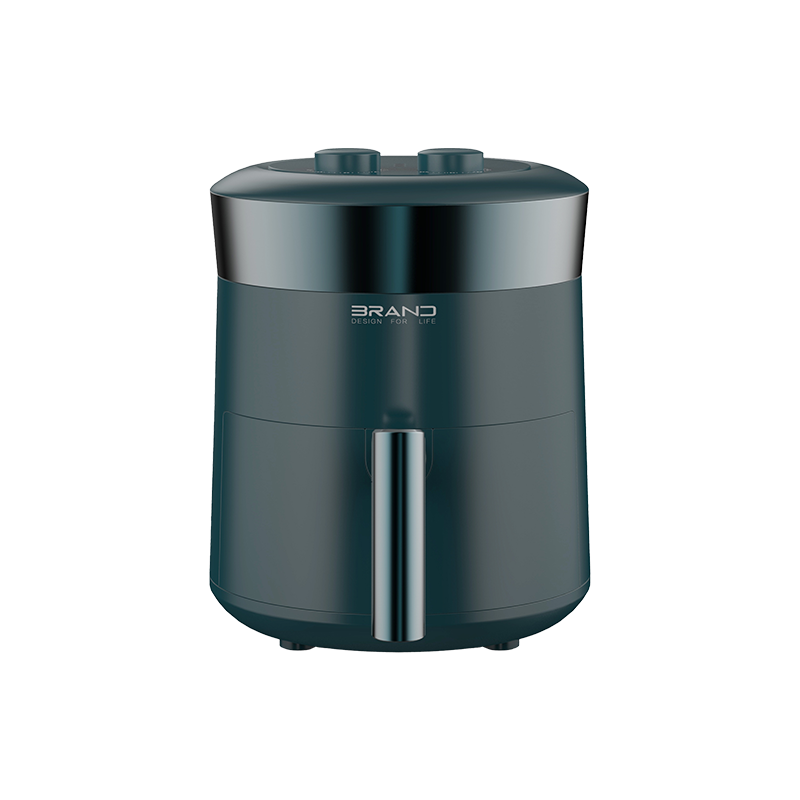
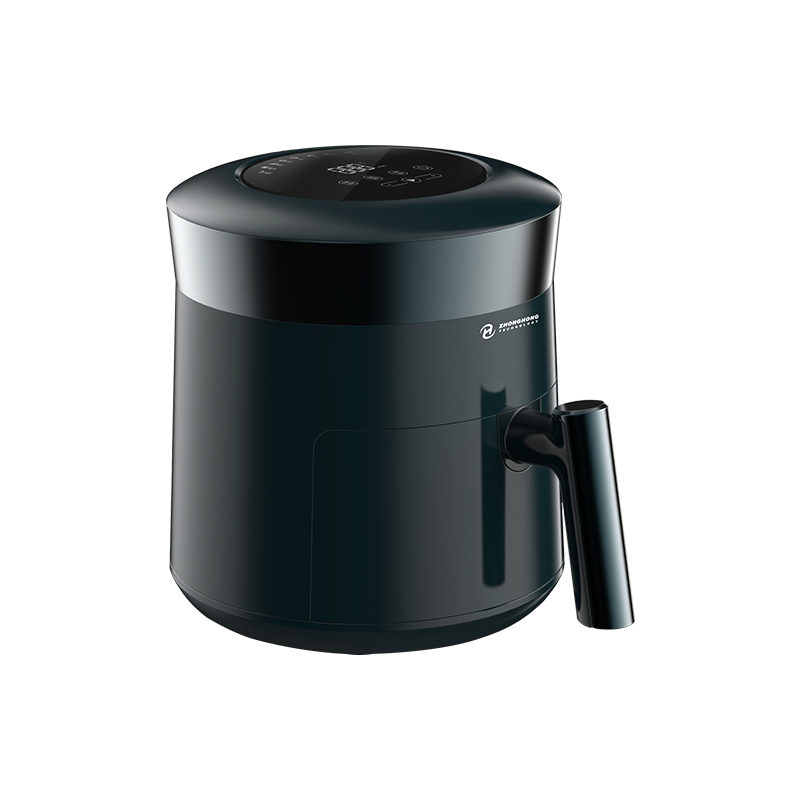
.png)
.png.800.png)
